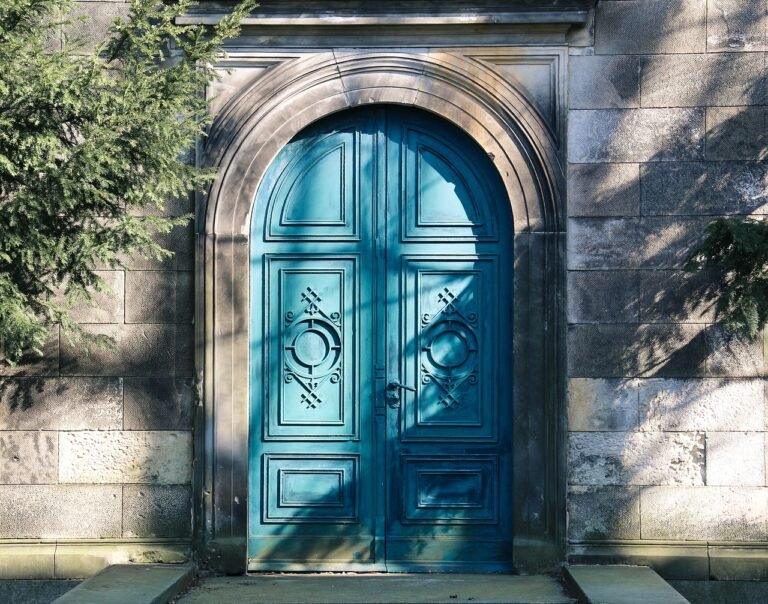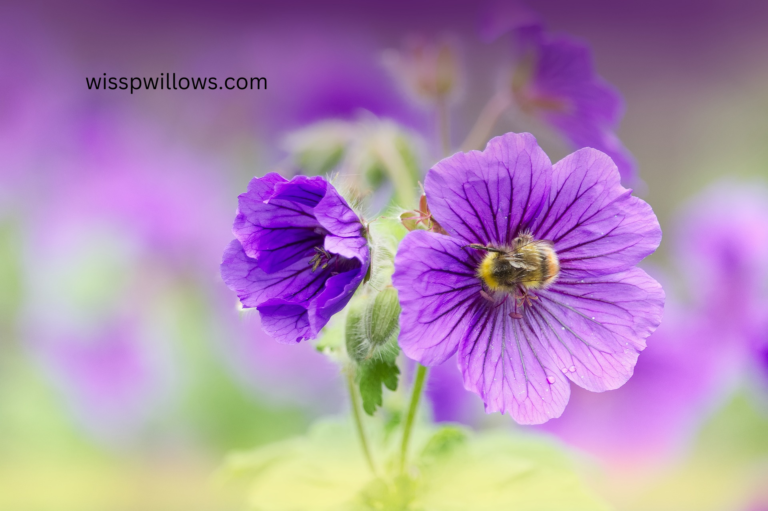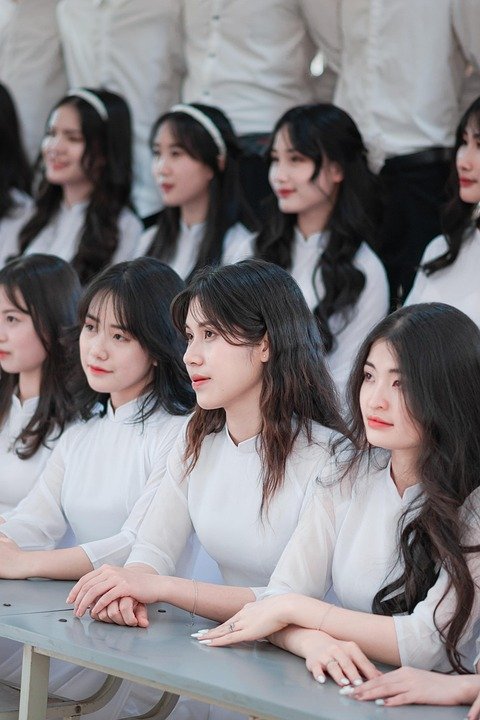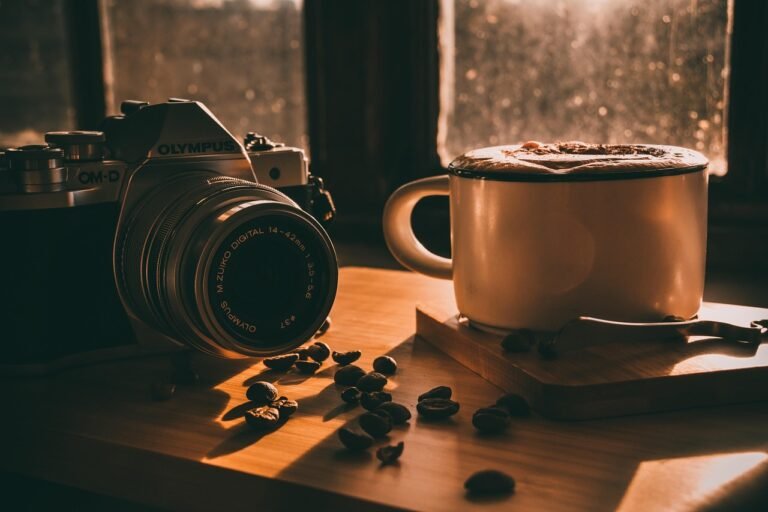
Introduction about brown pigment in vintage photos:
The brownish color that a classic image tends to take on with age is easily appreciated but often neglected. Why, they ask, does this particular hue complement these gorgeous and classic images? It’s an elegant but complicated answer that involves more than just aging. In its simplest form, it’s a combination of chemical reaction, historical events, and nature. For antique photo lovers and vintage artwork collectors, knowing the relevant science is an integral part of preserving and maintaining that delicate beauty of antique photographs. In this article, we will explain why the photos acquired a brown color tone as they aged and how ultimately, these artwork pieces can be preserved.
What is the reason for the browning of old pictures in the past?
Owing to chemical changes in the former picture silvers, the images develop their familiar warm-brown pigment in vintage photos colors. For example, this is also the reason for most of the photographs to suffer from oxidation. Photographic materials in the images tend to interact with oxygen which tends to happen with time and development for reasons including, color changes and the contrast in the image. This process is particularly normal in albumen prints as well as silver gelatin prints as both rely on silvers which tend to get oxidised easily.
All photographic practices are about developing some forms of brownish tone. Albumen prints, used in the late nineteenth and early twentieth centuries, have egg whites in their emulsions that are likely to become brown pigment in vintage photos with age. As for the silver gelatin process, it incorporates silver particles which turn to the brownish color upon oxidation. Some of these procedures can be hastened by light and moisture of the environment.
The age of photographs is not only determined by the time of their creation but also by the environment and surrounding conditions. Exposure to light, average exposure to ultraviolet light, high humidity levels and many more enhance these environmental factors. Therefore we can see why the darkening and browning effects develop and intensify in ambient conditions such as high humidity and temperature
Historical Photography Processes and Their Contribution to brown pigment in vintage photos Colouration:
The history of photography comprises of several processes that gave the brown pigment in vintage photos pigment in vintage photos color of past photographs but mostly magic processes. Daguerreotypes, proper daguerreotypes made during the 1830s, use a silver coated copper sheet which gives a brown tint to photographs over time due to the reactive silver. Civil war tintypes were made in a similar fashion albeit on a metal sheet but color changes are possible.
The albumen prints, originating from the 1850’s characterized by coating a paper surface with egg white, as well as egg whites mixed with silver nitrate to form light sensitive surfaces. This method on one hand fosters creation of very beautiful images, but on the other hand, causes browning over time as the albumen interacts with aging silver compound. A new technique, silver gelatin prints appeared in the late 19th century and the silver-based emulsions they utilized, themselves were prone to oxidation and turned brownish.
Color stability of these processes are influenced in major ways by the materials employed. Silver, which was most used in the early stages of photography, is unstable and tends to change colors due to some environmental factors. The binding agent.albumen may also darken, further reinforcing brown tones. It is through the knowledge of these historical processes that the withering of time in vintage images is appreciated together with the methodologies of maintaining their extraordinary visual appeal.
The Influence of Pigments and Toning Techniques on Aging.
It was in the past when a multitude of pigments and toning techniques were practiced in an attempt to improve or simply change the color of images in the photographs. One of the methods that was very popular, sepia toning was used to depict warm brownish hues. In this, instead of silver, an element called silver sulfide which is more enduring and therefore doesn’t fade was used on photographic prints.
The practice of sepia toning was however not only due to taste, it also served as a means of protection. The silvers were transformed into silver sulfide thereby, increasing the resistance of the picture to environmental factors. It also added a warm feeling to the photos which is what most people wanted, thus the photos had a characteristic brown pigment in vintage photos color.
Though the toning processes helped in the preservation of the images, they contributed to the already existing brown shades which have come to be associated with old photographs. The purposeful application of sepia toning with the natural aging effect images also gave a classic look that never goes out of style. It is this brown pigment in vintage photos tint that people are now used to, and in fact these brown pigment in vintage photos colors define the beauty of the past.
Environmental Factors That Affec tbrown pigment in vintage photos:
There are numerous factors that can be attributed to the change in shades and colors of aged photographs, one such factor being environmental conditions. And the main of these is light or more specifically the ultraviolet spectrum where the rays can be Ultraviolet light that contributes greatly to fading and losses in color and pigments. UV rays are really strong and they tend to degenerate some of the compounds contained in the chemicals used during the photo printing process.
Other very important factors affecting the degradation of vintage photos are temperature and humidity. High humidity can speed up the rate of these chemical reactions meaning faster deterioration of photographic materials. And in low humidity, brittleness and cracking will occur. If people can understand the right storage environment such as humidity and temperature, most of these impacts due to the environment can be avoided.
Storing vintage photos needs certain ideal conditions in order to maintain the shape. Signing photos with an acid-free pen in an enclosed container and providing a stable environment can help reduce the speed of deterioration. Further, time can be combatted by utilizing high-quality paints, paper, and protective sheets that offer these artworks great protection.
Restoring And Preserving Vintage Photos with Brown Spots:
Vintage photographs require preservation against damage in terms of storage as well as the material. The use of archival-grade materials like acid free paper and protective covers can help in preventing exposure of brown pigment in vintage photos to the environment. In addition, use of a protective case, as well as avoiding direct sunlight also helps in preservation.
There is also hope for bringing back colors in brown pigment in vintage photos as well as capturing new ones thanks to digital technology. Interfacing the images into a digital format is possible using scanners allowing for the present condition to be stored as well as digitally retouched or restored into its original color.
Restricted transfer and fading in photos may be treated with restoration methods that are offered professionally. Increasing the contrast of colors and smoothing the photos may be achieved through chemical substances as well as digital editing. While there are ways of restoring photos, it is important to seek the services of professionals in order to maintain the integrity of the historical aspect.
The Nostalgia That Encapsulates Everything About brown pigment in vintage photos:
There is something incredibly magical about vintage photographs that have been muted to brown pigment in vintage photos tones; it gives a touch of nostalgia that one cannot forget. These colors add some warmth and make one feel about the passion and art in the early days of capturing images.
In contemporary times, many people associate the brown pigment in vintage photos color with a true story and things from the past. It is a representation of the history that allows people to see things from a different era or age through brown lenses. This appeal has also become popular in the art world enabling artists who work on modern things to bring the feel of things that have passed.
These days, many artists are able to efficiently create brown-toned photographs seamlessly into their work. With a simple filter or Photoshop, any graphically inclined individual can utilize the beauty of brown pigment in vintage photos tone images and not only make it a piece of art but also make it timeless.
Conclusion about brown pigment in vintage photos:
Learning the reasons, both scientific and historical, for the appearance of brown pigment in vintage photos discoloration in old photographs increases our admiration for such artistic works of art. From molecular interactions to socio-political developments, brown color shifts provide an account of the history of the art practice of photography and its impact even today.
One should, however, take care when attempting to keep such photographs including but not limited to their storage and how the photograph may be manipulated digitally. If we do not take these precautions now, our descendants will never understand them being original and there is a risk of these photographs losing their charm.
We advise all traditional photography fans to start photographing with brown-colored photos with an emphasis on frames. The image may have been taken as a brown pigment in vintage photos in the event, but at times the story from people rather emotions from places calls for attention.









